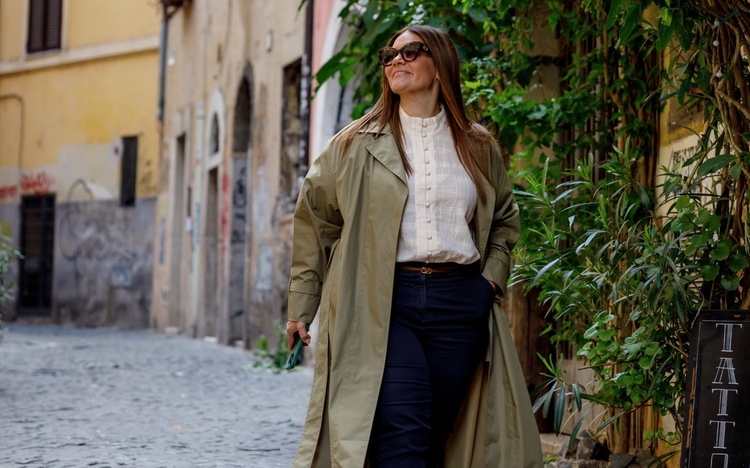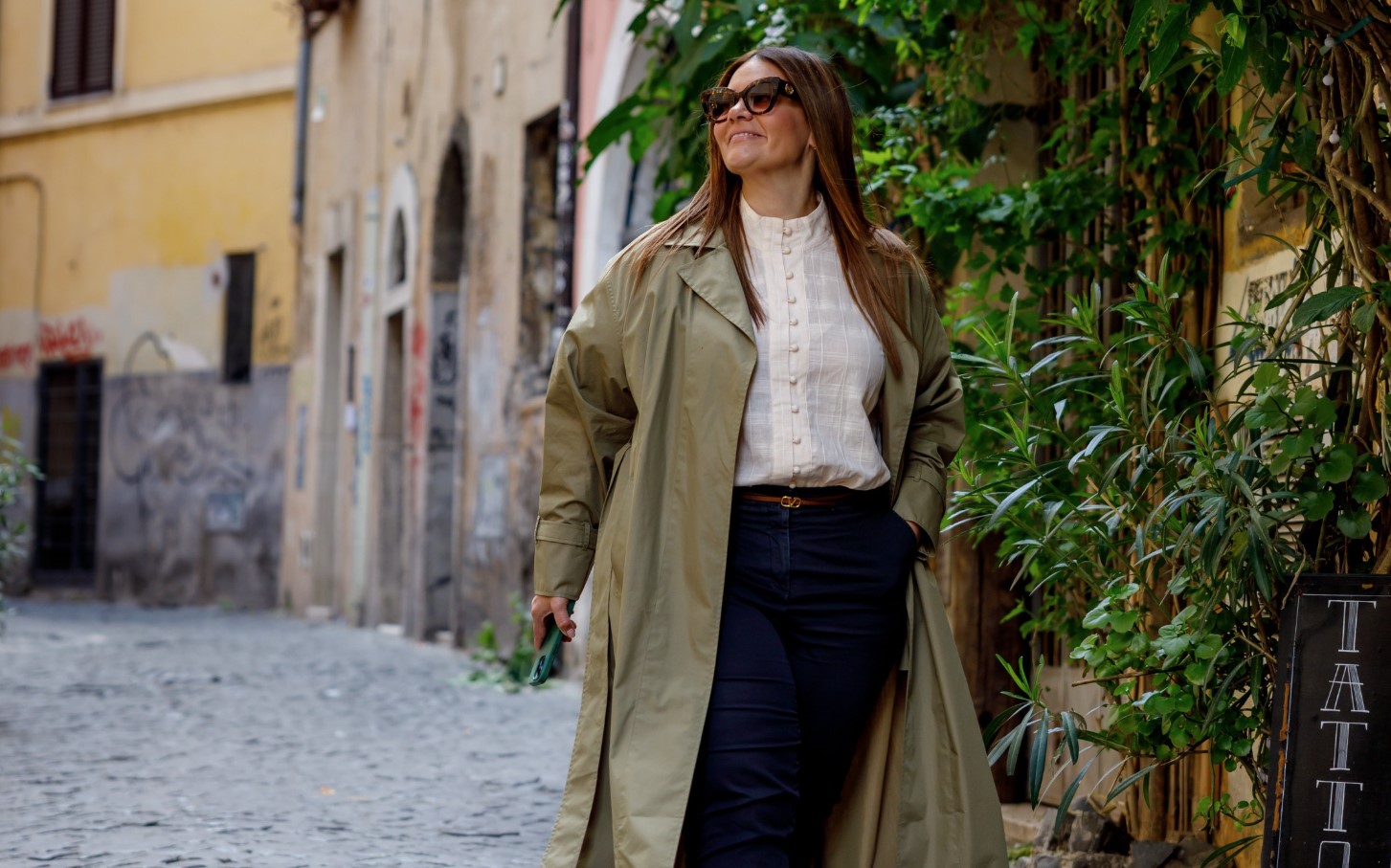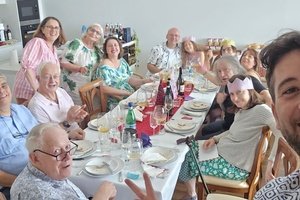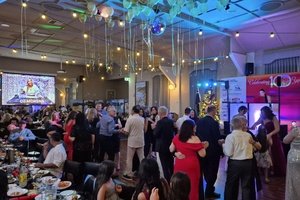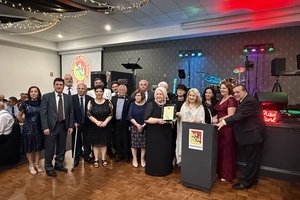Through the story of Maria Pasquale, Il Globo opens a new column that reverses the perspective from which we have, until now, observed the relationship between Italy and Australia.
For decades we have recounted the events, nostalgia and achievements of the Italian community in Australia. Now, with New Australians of Italy, we turn our gaze towards Australians who make the opposite journey.
Pasquale, a writer, journalist and food and travel writer with a very devoted following, is the perfect person with which to launch this new series. Her journey is a living bridge between Melbourne and Rome, where she has lived for over a decade.
Born and raised in Melbourne, the writer has always had a deep connection with Italy. Her parents are originally from Abruzzo; her mother arrived in Australia in 1954 at just three years old, while her father emigrated in 1968, already 18.
Her childhood was marked by a dual sense of belonging that does not cancel but rather multiplies itself. Italian was spoken at home; Serie A matches were watched in the early hours of the morning with her father and her mother carried on Italy’s culinary traditions with devotion.
“We always respected Italian traditions,” she says, “We never felt very far from Italy.” But Australia, she adds, “is the country that gave me the most; it gave me my education, my work opportunities.”
That sense of belonging, however, wasn’t enough to fill the subtle void, that feeling of always being a little “out of place”.
“I used to wonder as a child, ‘Why is it always us going to Italy? Why don’t our cousins come to Australia?’
“Only as an adult did I come to understand that we were the ones who felt the need to return. That bond with Italy was ours, rooted, non-negotiable.”
It’s almost as if Pasquale’s move to Italy was something natural, perhaps even inevitable.
“Rome has many flaws,” she admits, “but it’s also a city that, without asking, always manages to be forgiven.
“Its beauty, its historical weight, remind you how small we are in the face of time. Like all great love stories, it’s sometimes complicated … but it’s still a great story.”

The cover of Mangia: How to Eat Your Way Through Italy
Her move to Rome dates back fourteen years. Initially, Pasquale began sharing her experience of the city and her daily life through a personal blog, HeartRome.
“I used to write about the places I went to eat, the experiences I lived, the venues I tried,” she says.
The blog soon became a reference point for many, and journalistic collaborations didn’t take long to arrive. “I started to meet many journalists from the American press,” she recalls, “One of them offered me a collaboration with USA Today, the American national newspaper.
“From there, so many doors opened for me, even in Italy. Then came CNN, followed by many other collaborations.”
Her latest project is the book Mangia: How to Eat Your Way Through Italy, a work that required two years to write, but had, as the writer says, much longer roots.
“It’s a book I started writing as a child. Every trip to Italy, every experience lived, every dish tasted … Over time, everything ended up in my suitcase,” she explains.
The book has 20 chapters, one dedicated to each Italian region. Each section opens with a description of the territory and a personal story full of memories, experiences and impressions.
“I talk about ingredients, regional cuisine, symbolic dishes. It’s not so much a guide about where to eat, but about what to eat,” she says.
“For each region I suggest my top ten dishes, followed by another twenty with descriptions, drinks included … plus [information about food] festivals, culinary experiences and interesting facts.”
“At the end of each chapter there’s a recipe. It’s not a recipe book in the strict sense, but I wanted to include, like a sort of wildcard, a representative dish for each region.” Some of these recipes come from Michelin-starred chefs, others are directly the result of Pasquale’s personal experience.
The book also has a cultural and anthropological dimension. There are pages dedicated to Italian celebrations and their typical menus, from Christmas to Easter, from Carnevale to local festivals. There’s even a section devoted to table etiquette.
Even more special is the quote on the cover by Massimo Bottura, who personally endorsed the book. “It was an immense honour,” shares Pasquale, “Bottura is one of the most important chefs in the world.
“The fact that he read my work and chose to support it was, for me, a very powerful sign of appreciation and validation.”
Mangia: How to Eat Your Way Through Italy is now available in print worldwide (in English only), with a readership that is broad and diverse.
“I’m not just speaking to those who want to come to Italy from abroad,” Pasquale explains.
“This is a book for people who love Italy, but also for Italians themselves, who often don’t fully know the richness and variety of their own food.”

